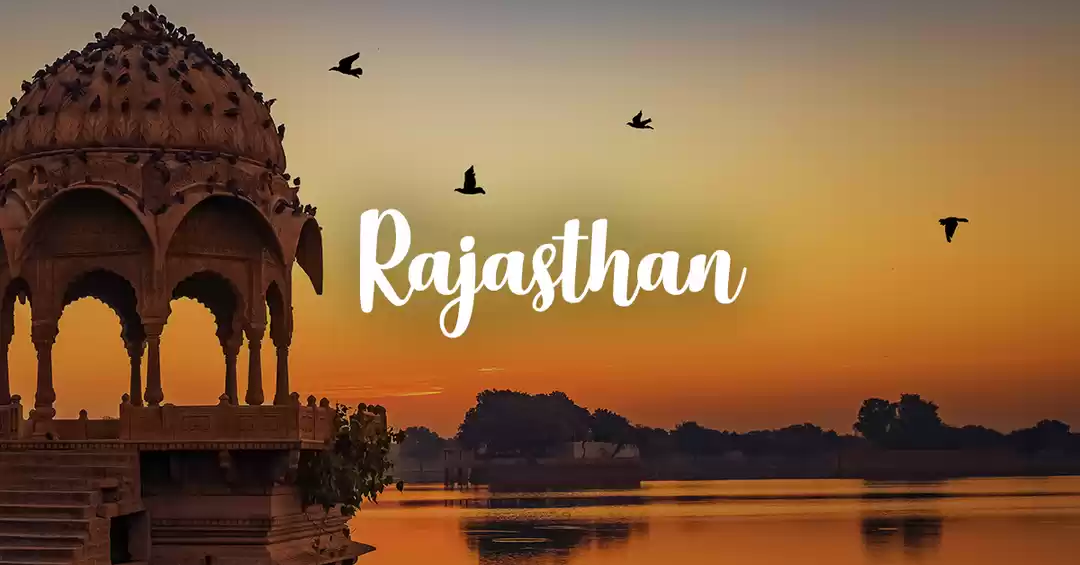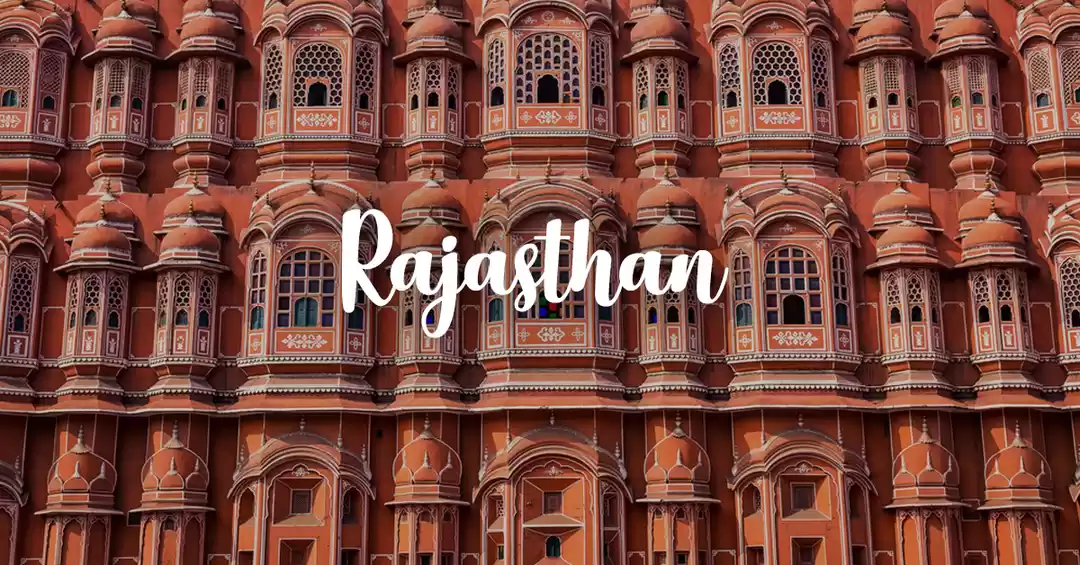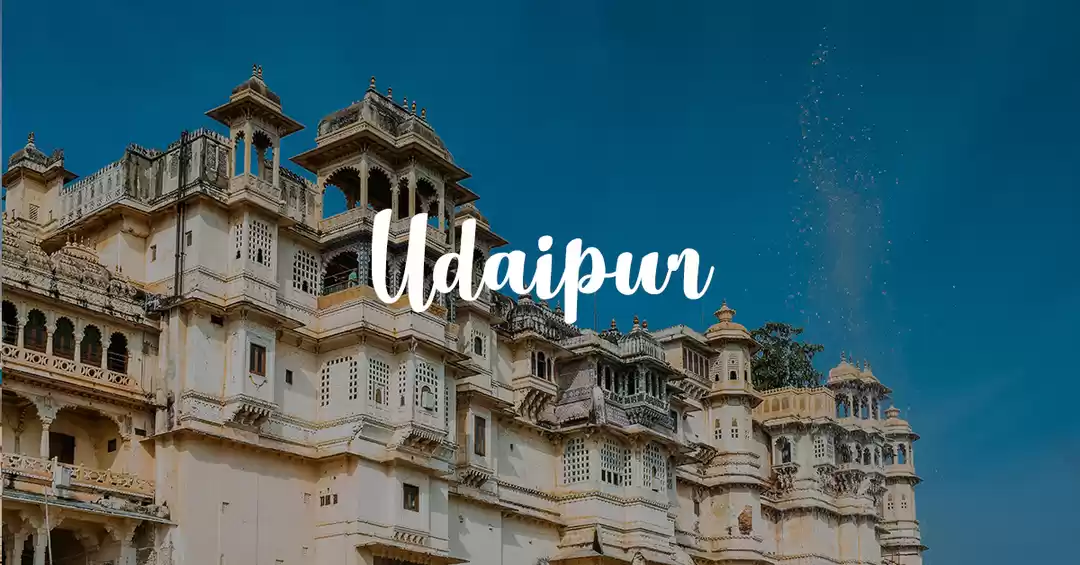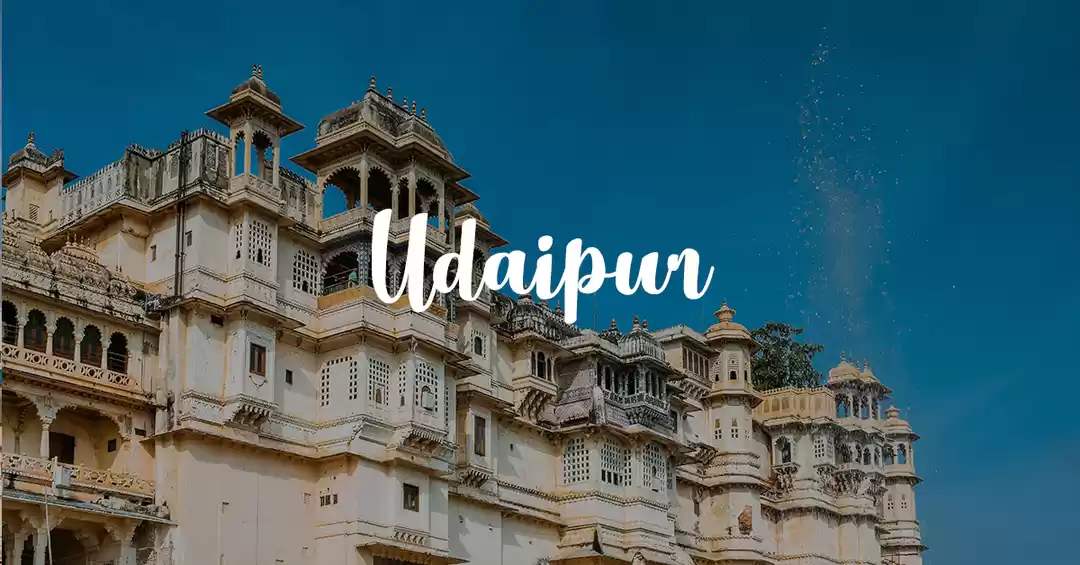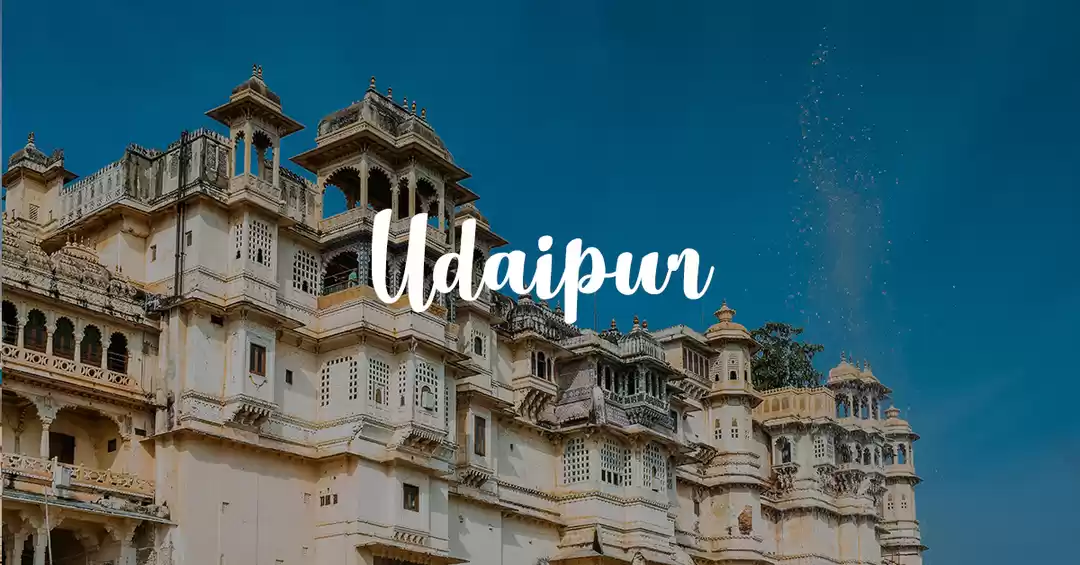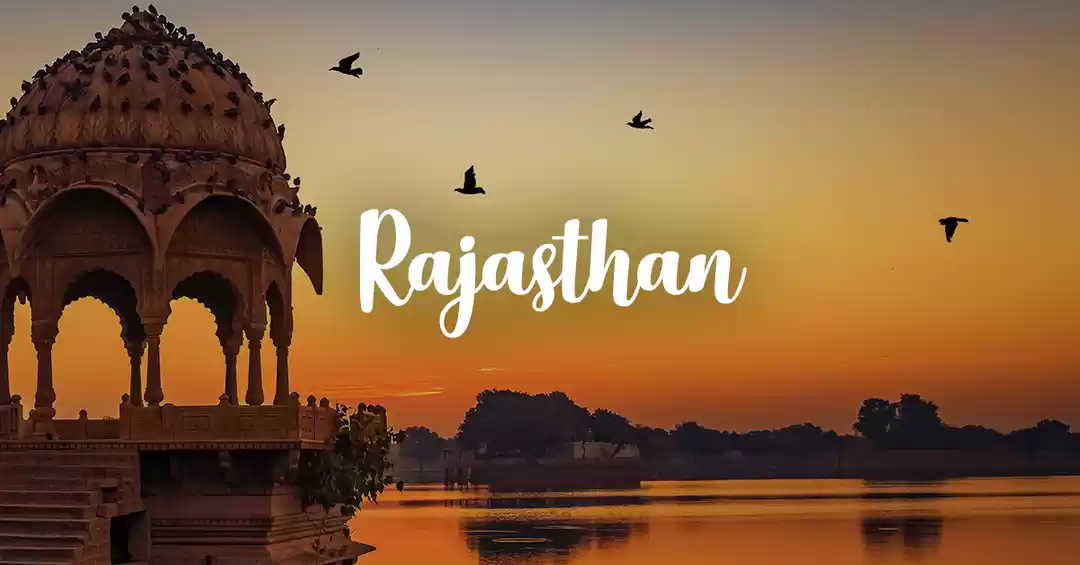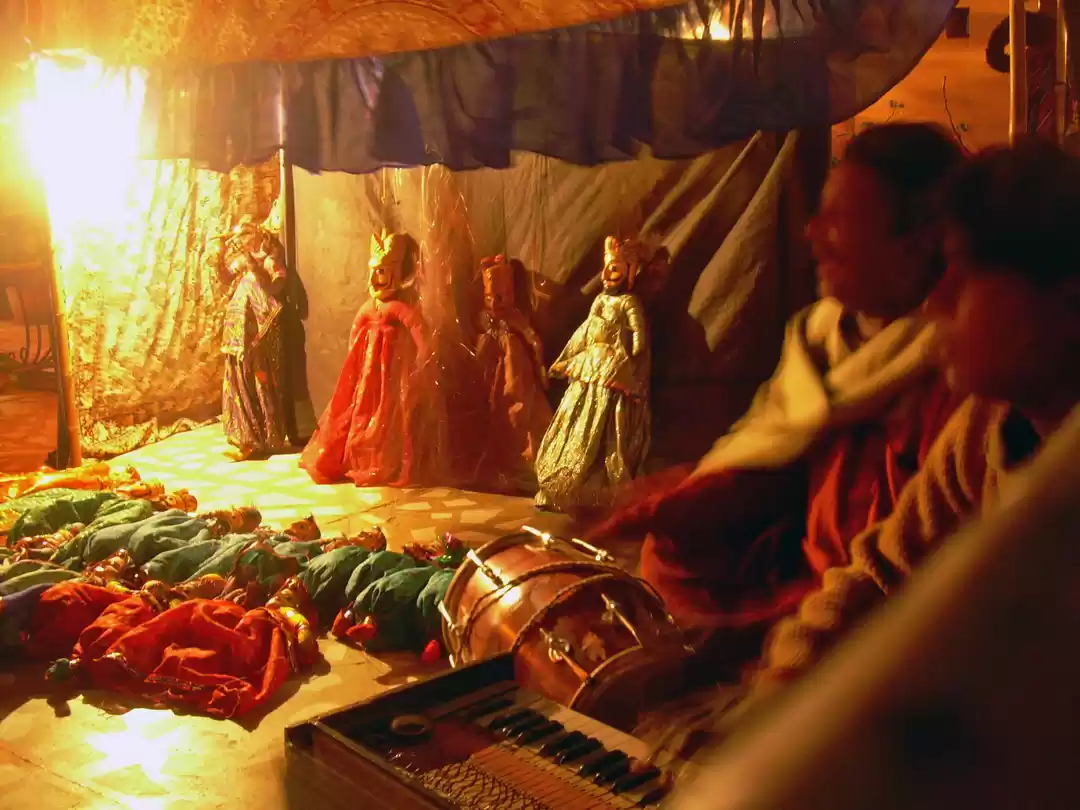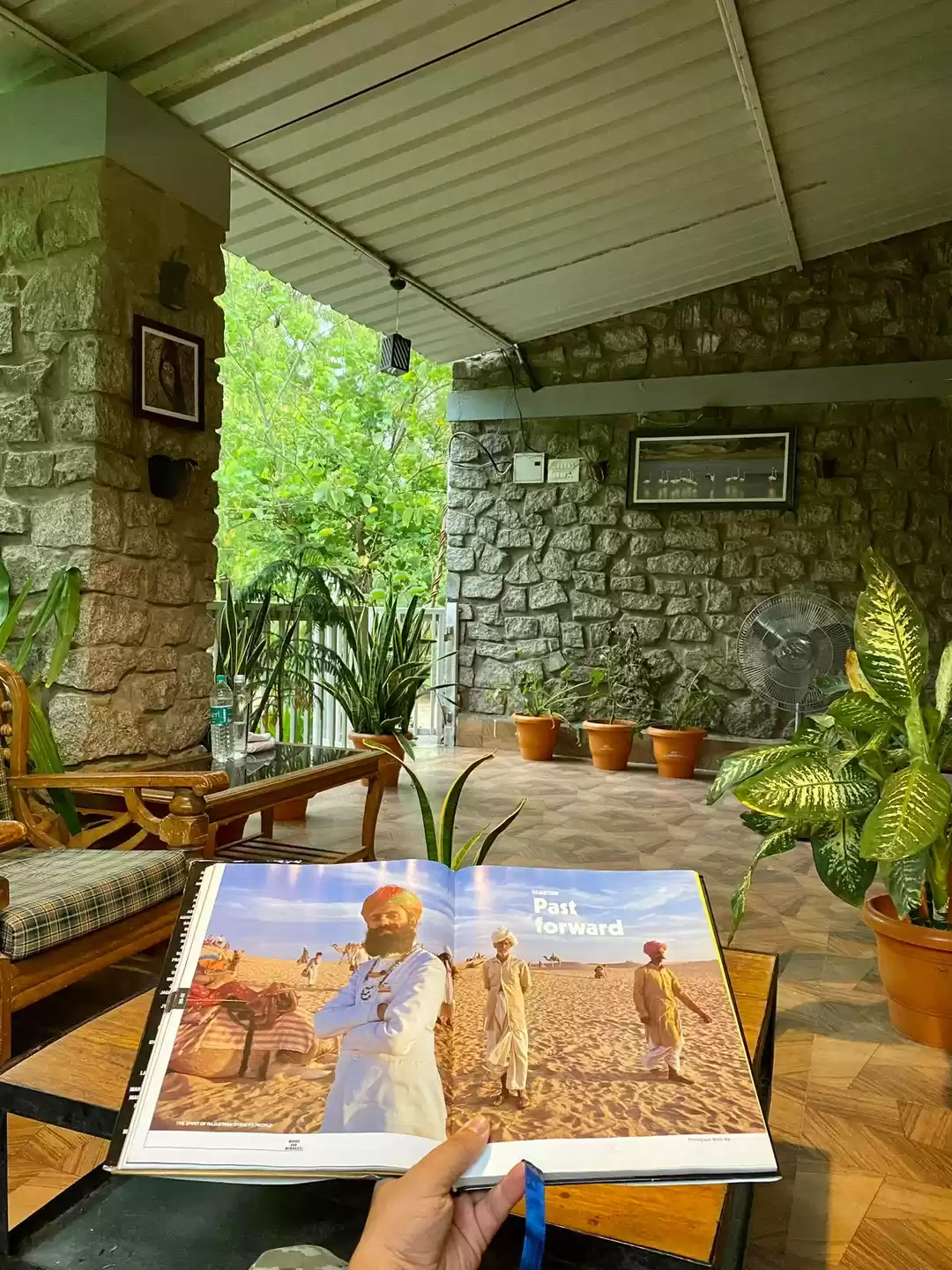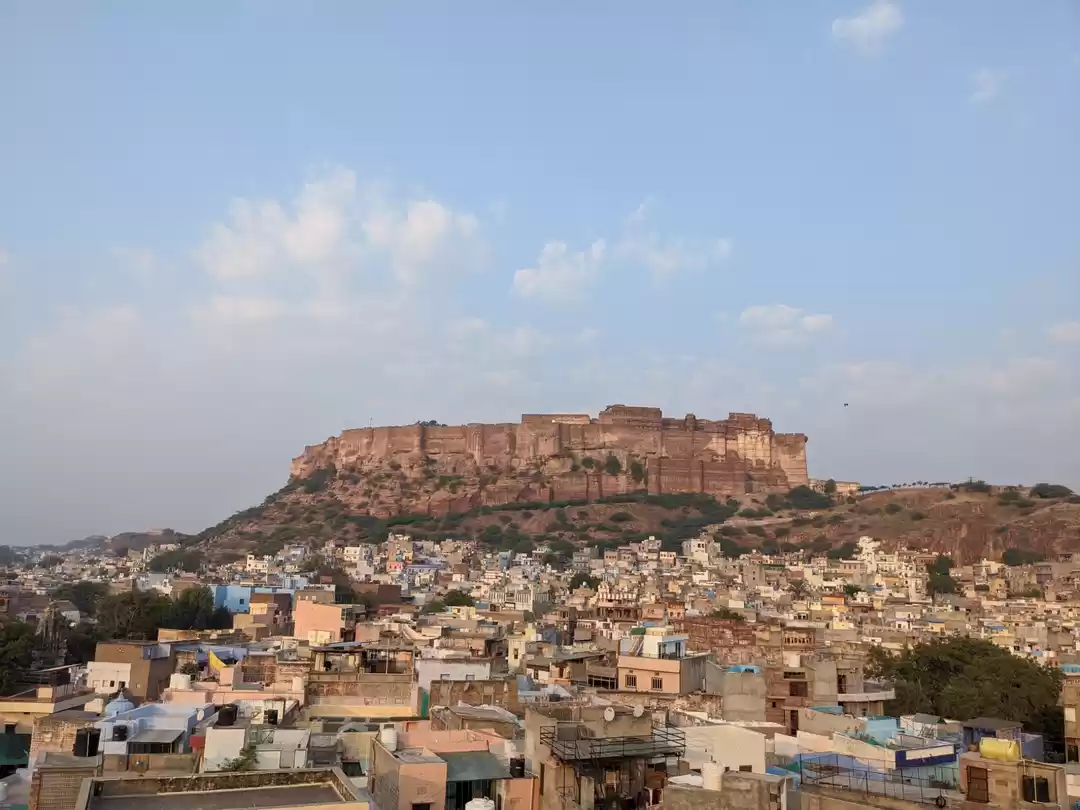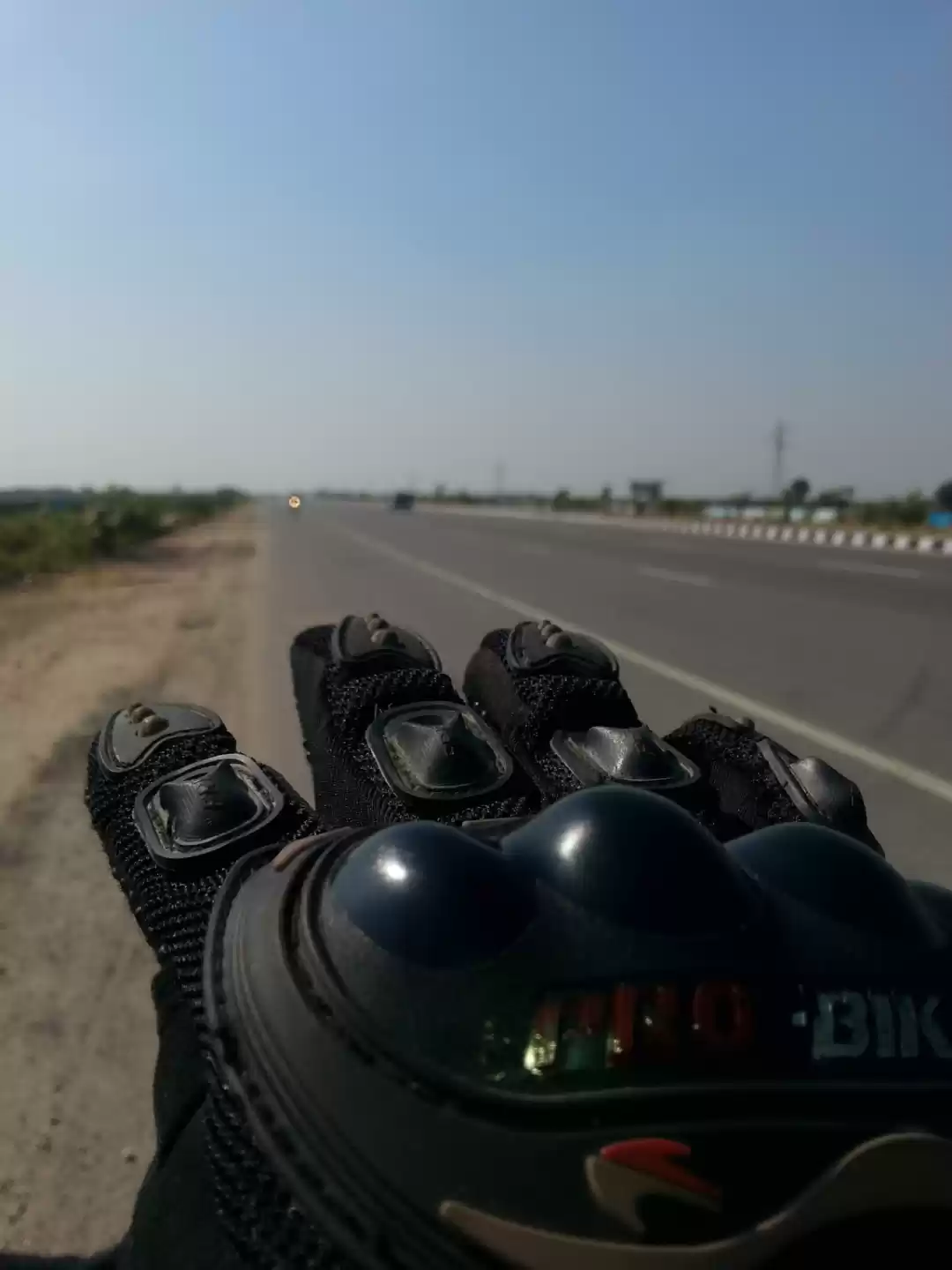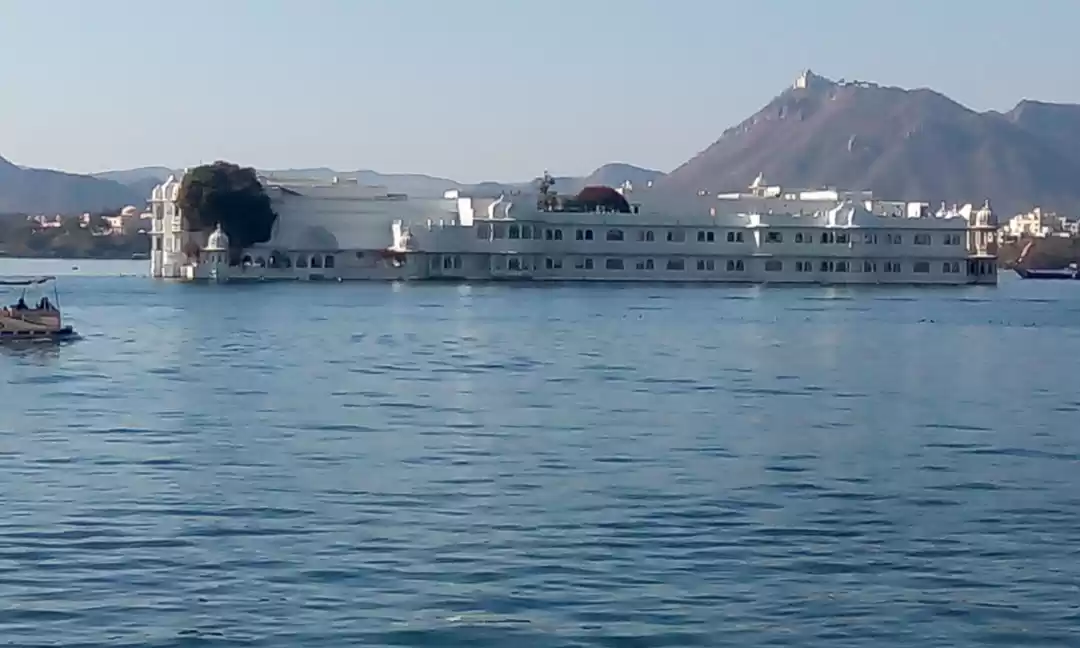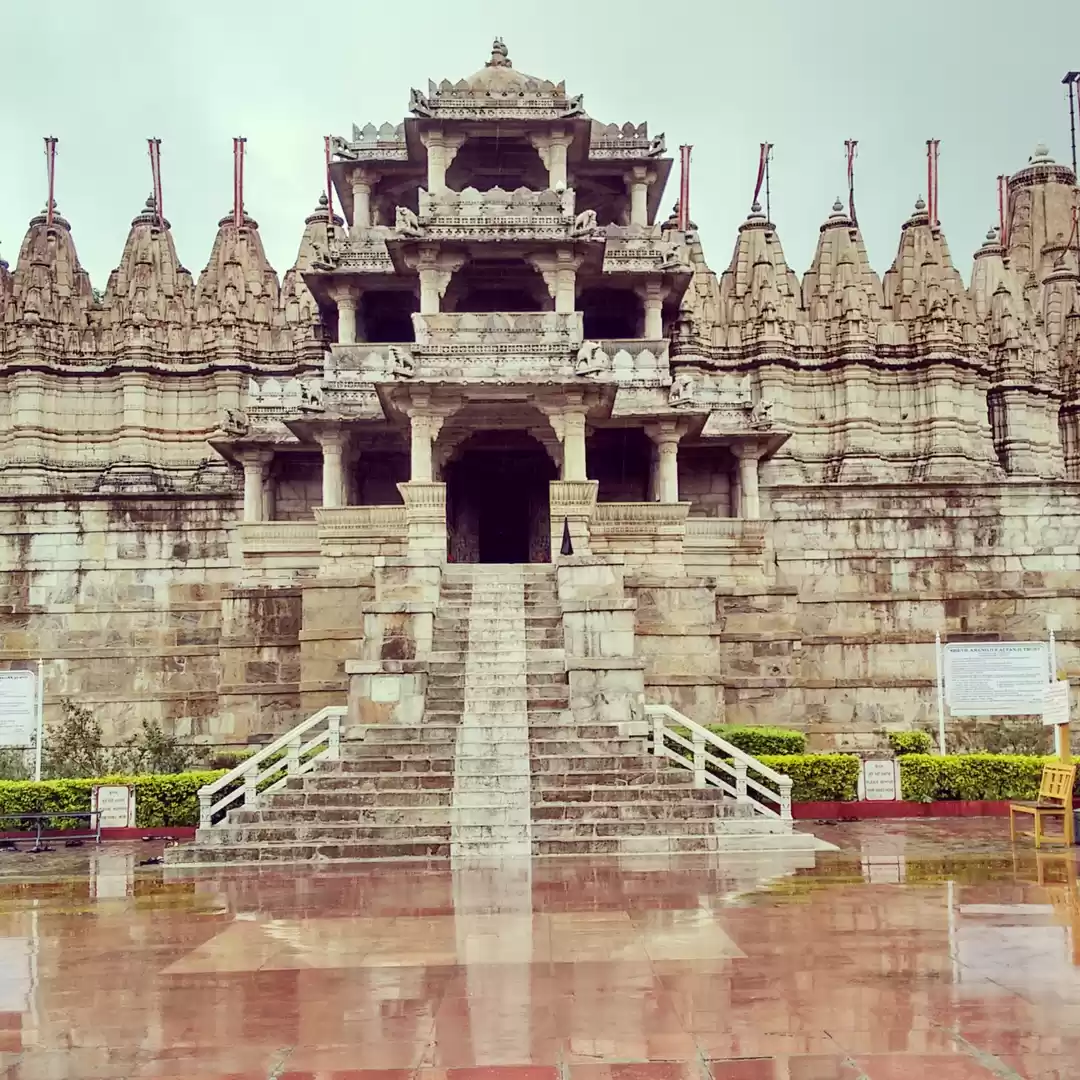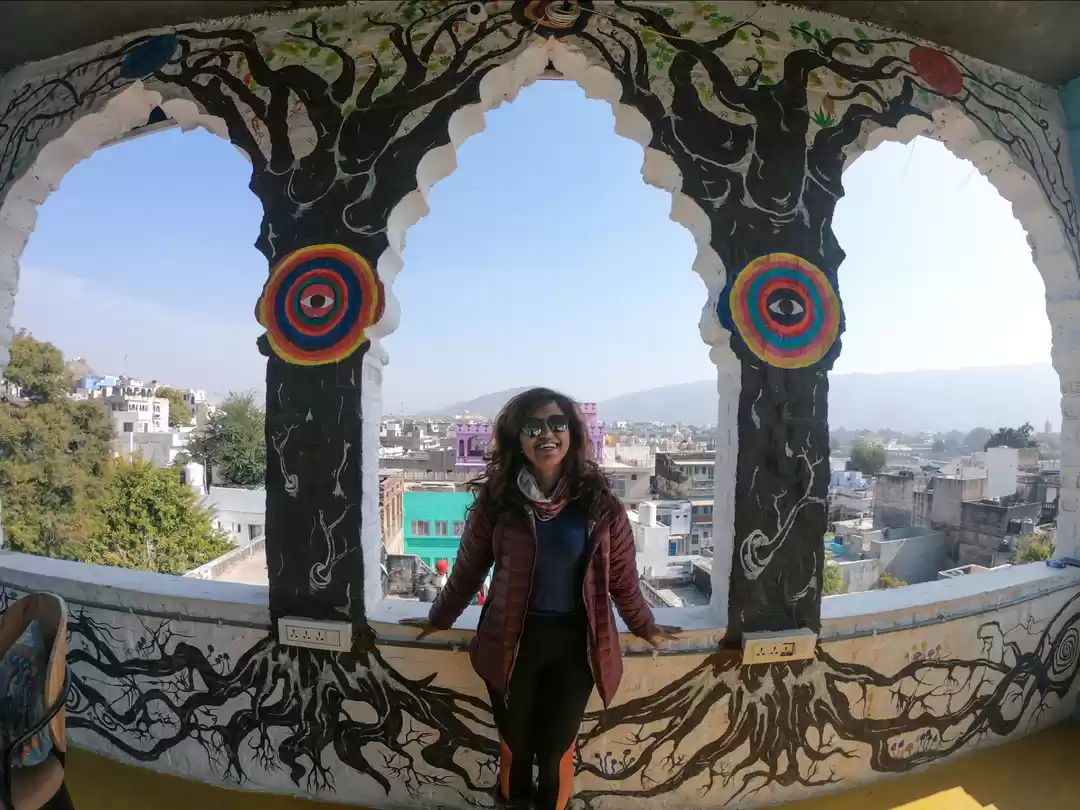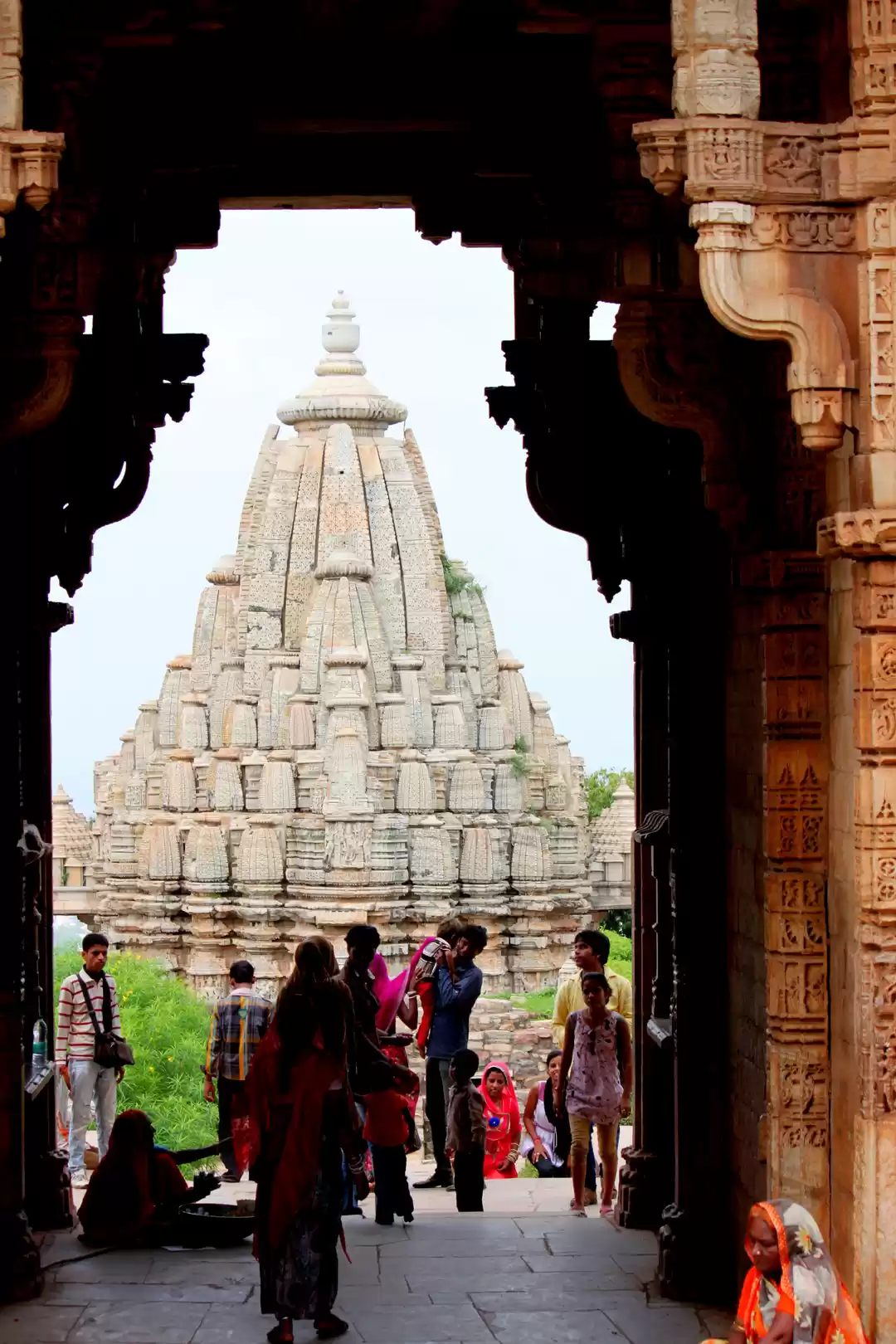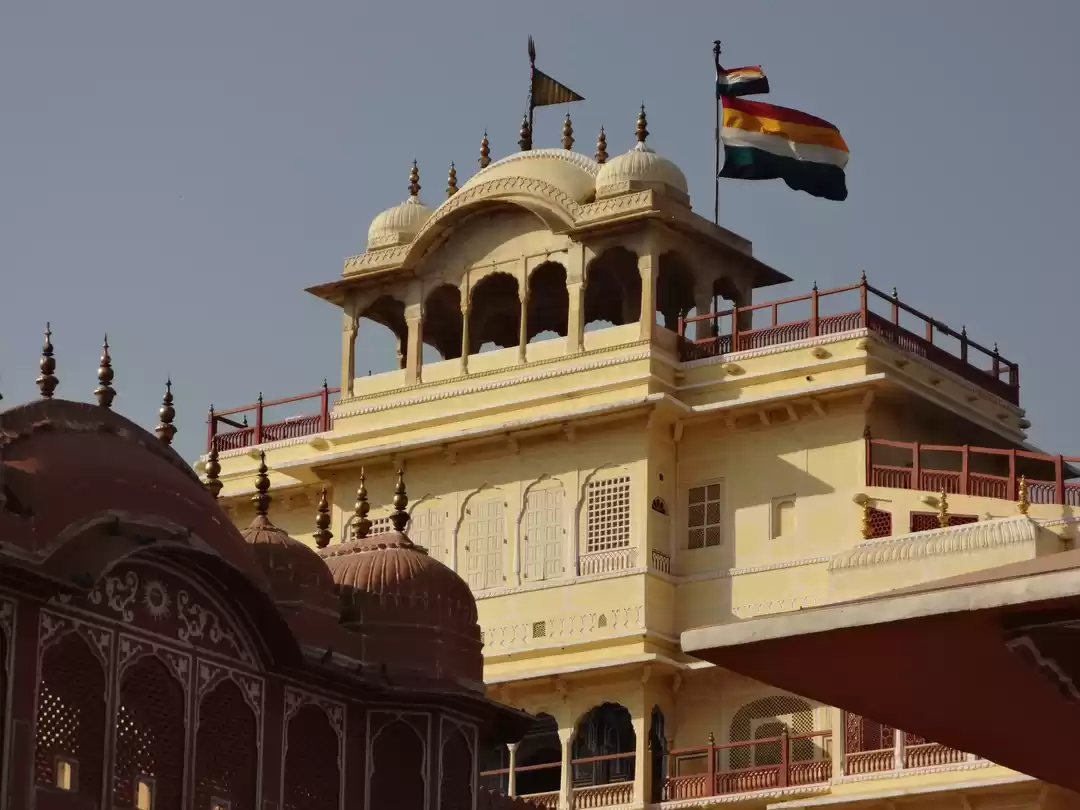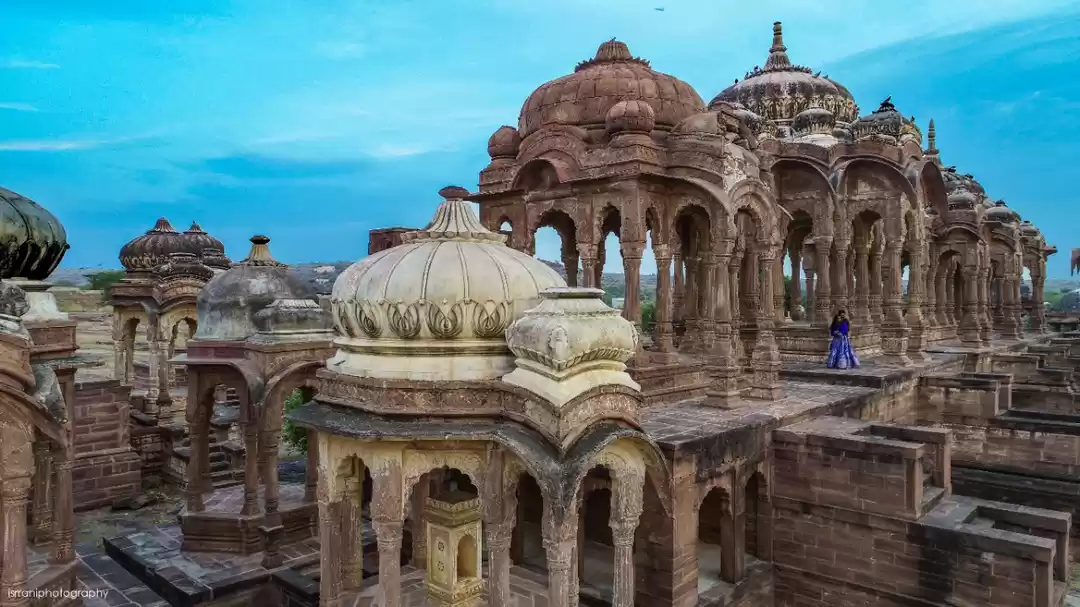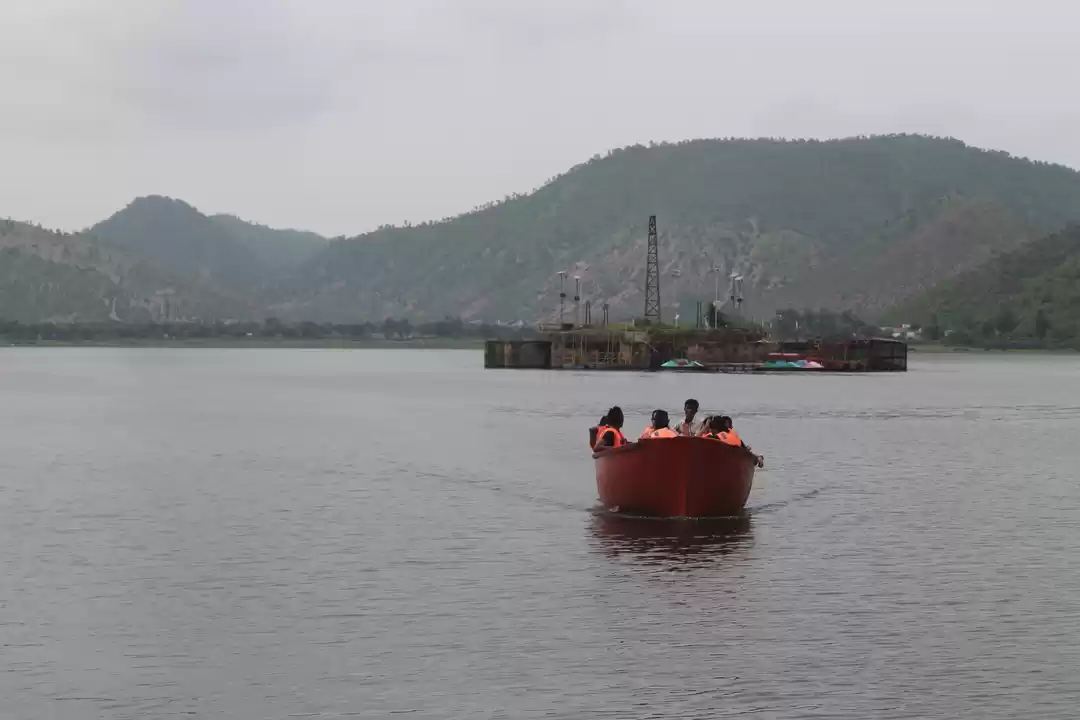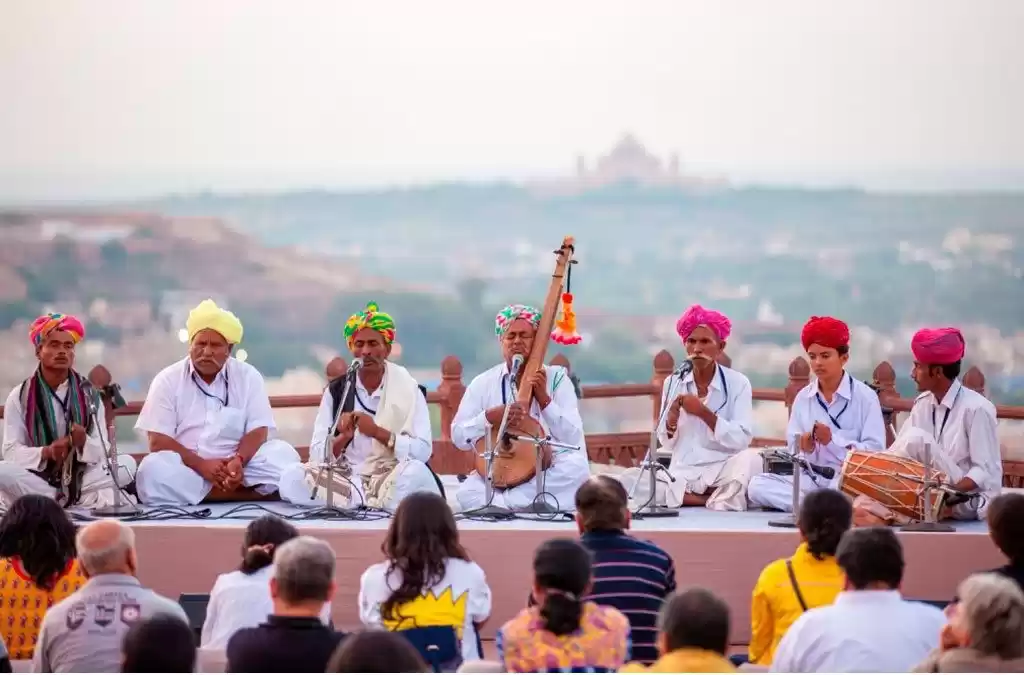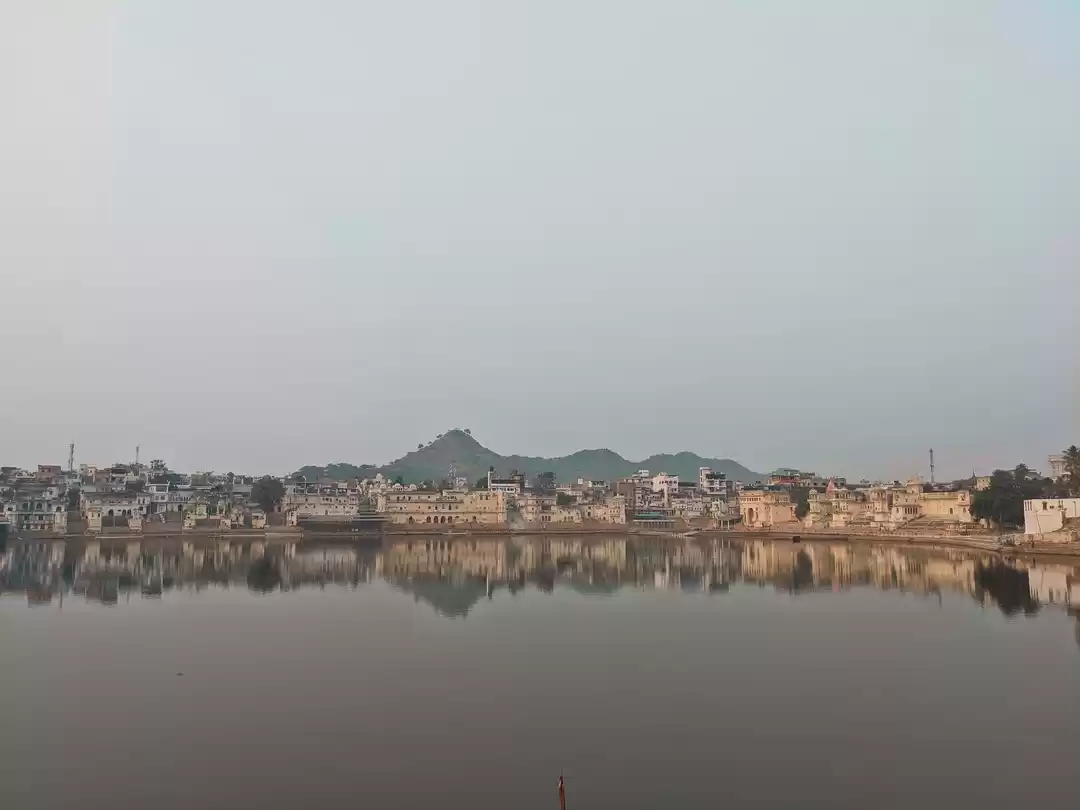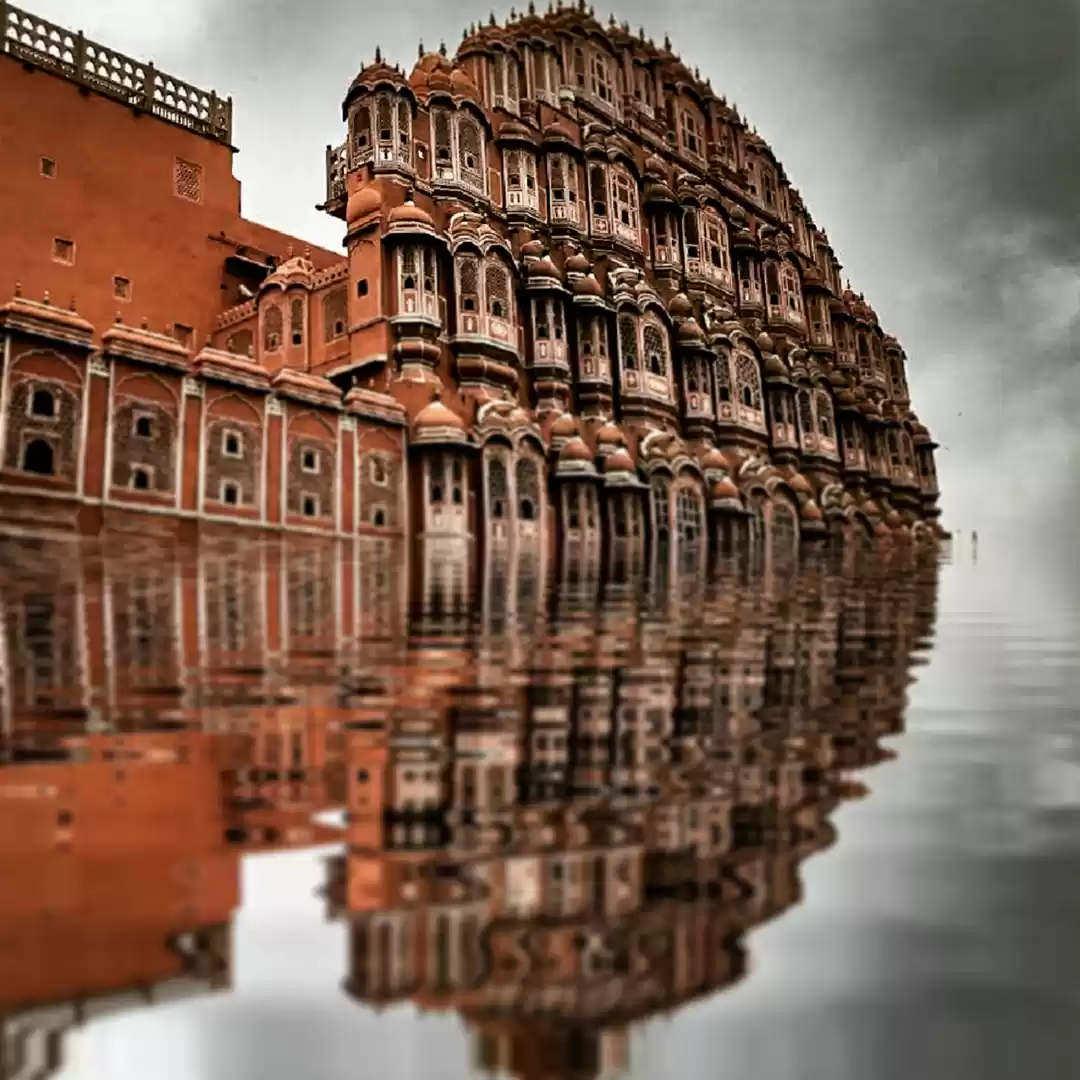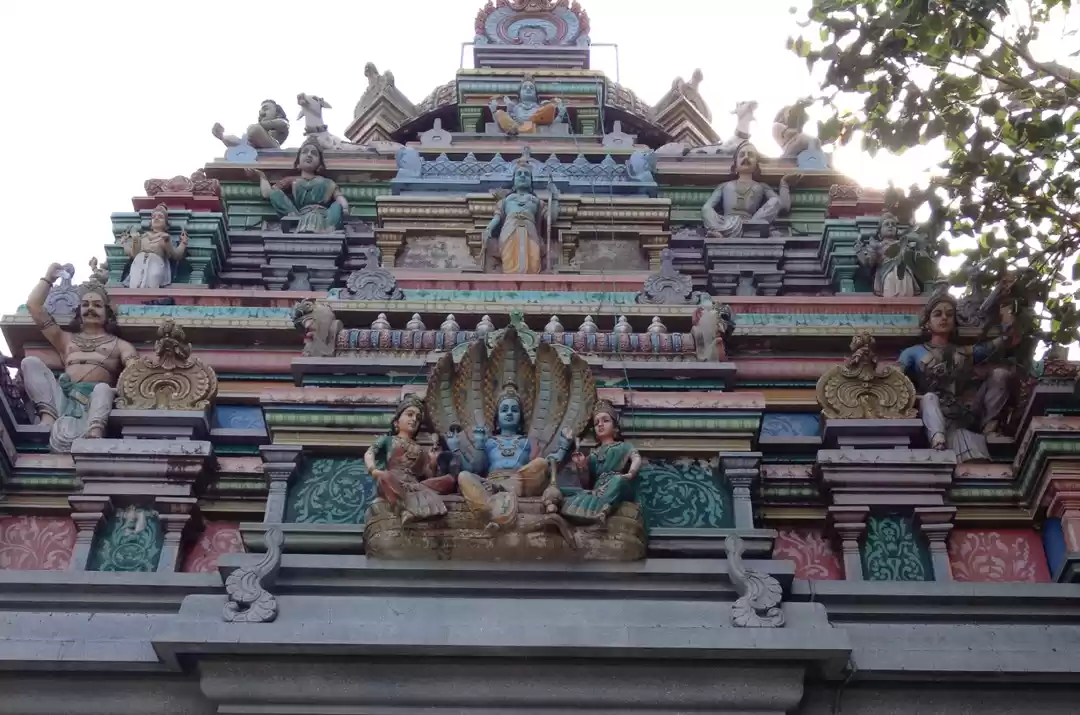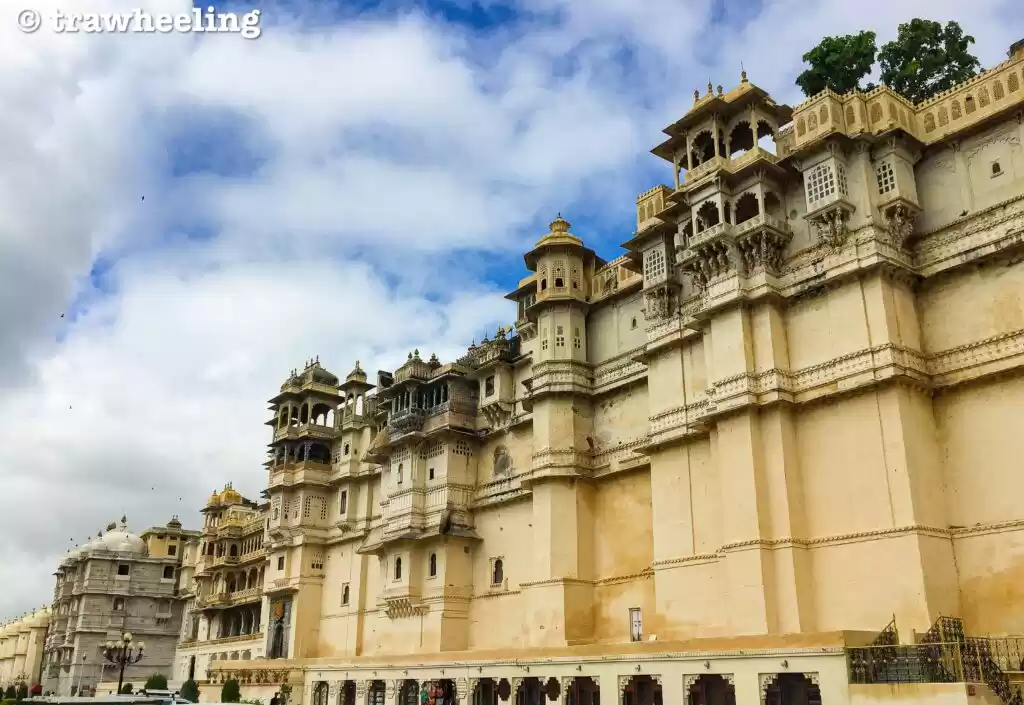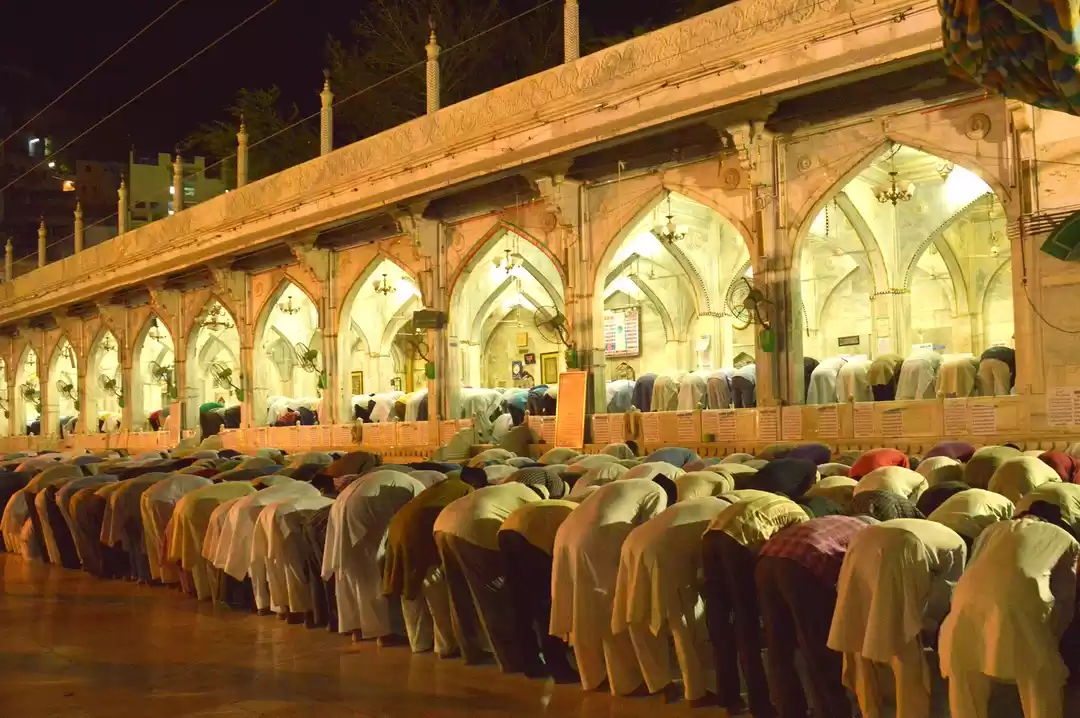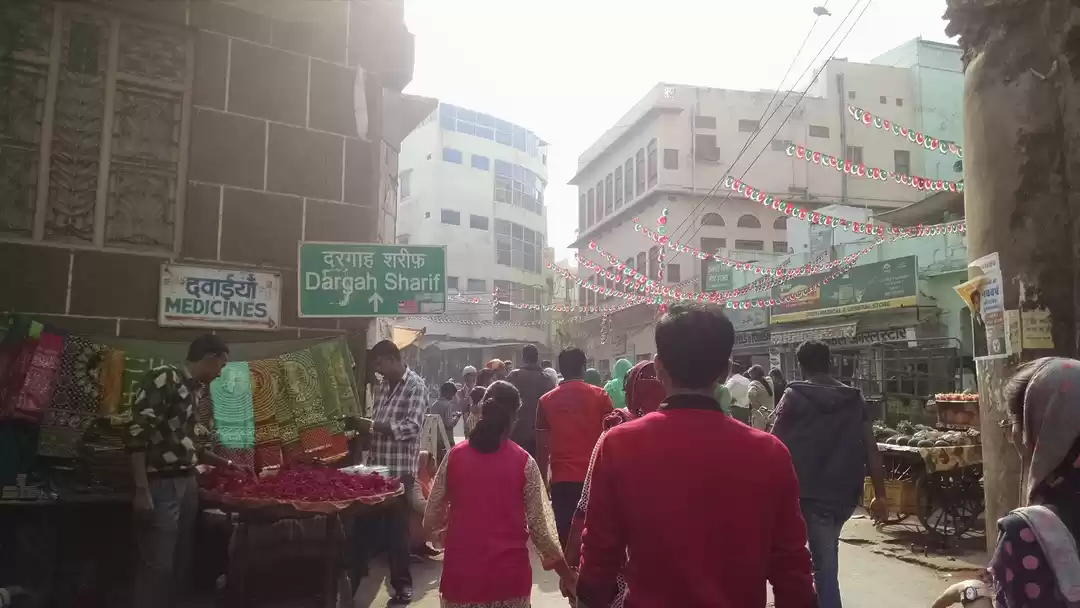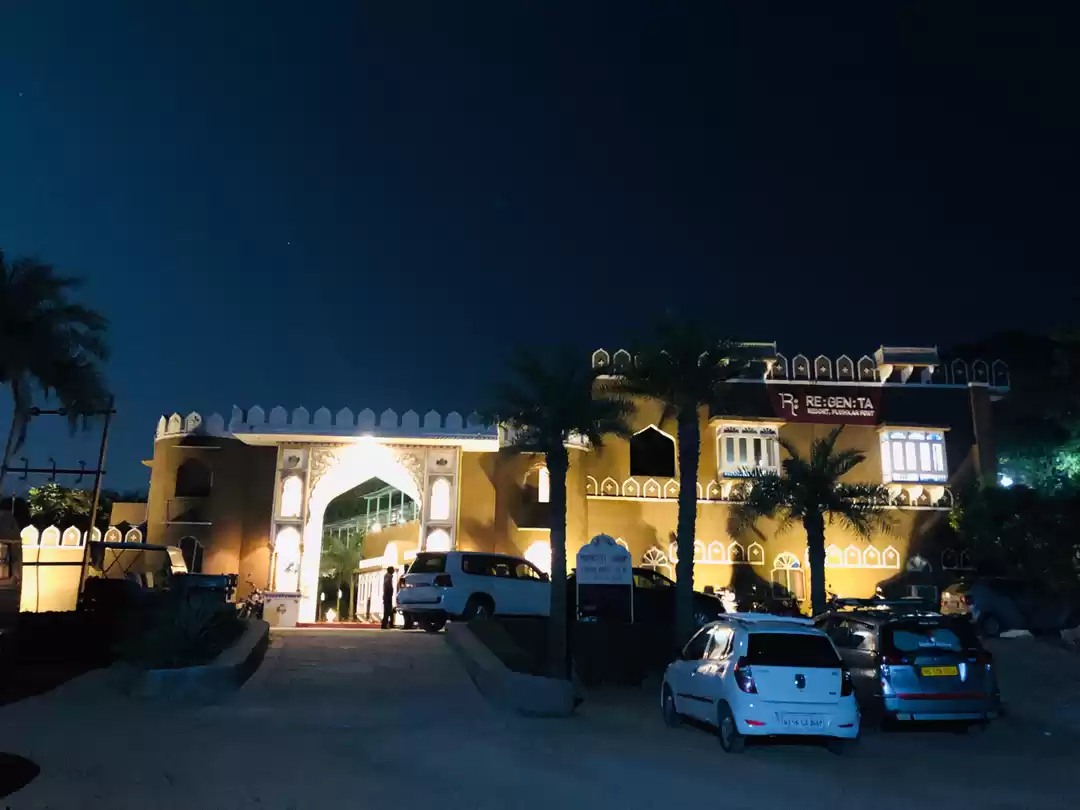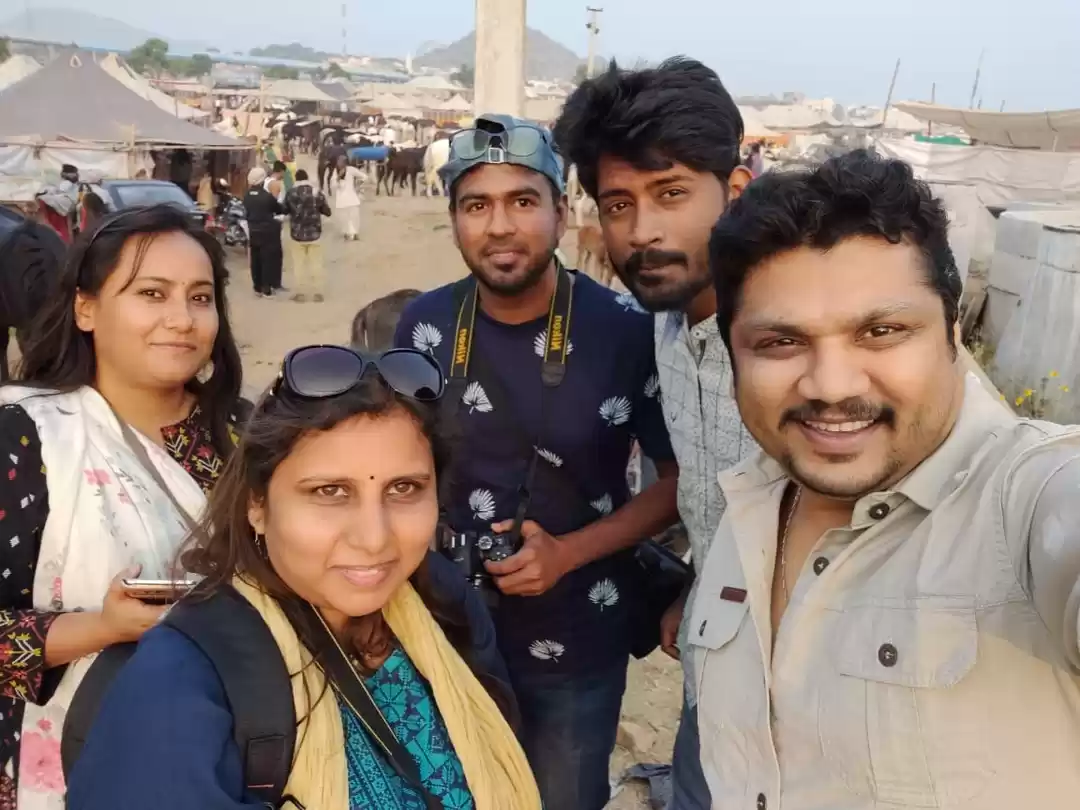I am not referring to the Holy Trinity of any specific religion, and there is one for most, but to three distinct shrines/ places of pilgrimage for followers of Islam, Sikhism and Hinduism respectively. India’s largest state by area, Rajasthan, literally ‘Land of Kings’ has always been best known for its royalty, palaces, food and culture. With an extremely rich heritage and breathtaking options right from the Thar Desert, to the Aravalis, to the national parks that boast of rich wildlife, Rajasthan has something to offer to every kind of traveler. Here is a little information of places for those in search of some divine guidance – Ajmer Sharif located in the state’s fifth largest city, Ajmer and the holy town of Pushkar. I visited these during one of my work trips and took half a day off, taking an evening flight back to accommodate this little detour.
When traveling mostly to Jaipur on business or leisure, travelers usually try to fit in a quick visit to the Ajmer Sharif, a Sufi shrine of the Sufi saint, Moinuddin Chishti. Situated at a distance of about 130 kms from Jaipur, Ajmer Sharif is accessible by road as well as rail. The city of Ajmer is located on the Golden Quadrilateral (NH8 connecting India’s four major metros – Delhi, Mumbai, Chennai & Kolkatta), thereby connecting it to major cities. Air-conditioned busses are easily available from Delhi & Jaipur and make for a comfortable and economic option for a day visit. Work has even commenced on the Kishangarh Airport that will make the city accessible by air within the next couple of years. Once in the city of Ajmer, there are enough local travel options to take you to the Durgah. However, given the extremely narrow lanes and heavy traffic, a large part of the distance needs to be covered on foot, or two-wheeler.
The main gate to the shrine is the Nizam Gate, following which is Shahjahani Gate which was erected by Mughal emperor, Shah Jahan. This is followed by the Buland Darwaza upon which the Urs flag is hoisted. The lanes leading to the shrine are laced with shops where one must stop to try some of the local mithais. Once inside the shrine, and if you’re lucky, you’ll get your two full minutes to say a little prayer and seek blessings. The Durgah draws large crowds throughout the year leaving little space and time within the main prayer hall, but there is enough space for you to sit to find a few minutes of holy solace. People from every faith and religion visit this shrine and the Durgah itself welcomes them all with open arms.
Few trips to Ajmer are complete without a visit to Pushkar, one of the five sacred dhams (pilgrimage sites) for Hindus. Pushkar is located about 14 kms from Ajmer at an elevation of over 500 mtrs. On the way is the stunning Gurudwara Singh Sabha, a most beautiful white marble building earlier known as Guru Nanak Dharmsala. Not known to many, this shrine offers great views of the picturesque Pushkar ghat region. Winter is the best time to visit as summers can get extremely hot and sultry. The shrine was erected to commemorate the visit of Guru Nanak to Pushkar way back in the early eighteenth century. The Gurudwara offers and extremely serene atmosphere and one can spend hours here without even realizing it.
Another ten-minute drive and you’ll be at the Pushkar ghats. Pushkar is one of the oldest existing cities of India and lies on the shore of Pushkar Lake. The date of its actual origin is not known, but legend associates Brahma with its creation. Pushkar houses the only Brahma temple in the world and the ghat surrounding the lake is laced with hundreds of temples. Legend cites several reasons for the creation of this town and the lake. There are enough guides to tell you some of these interesting mythological stories. Beware of the Godmen though as you could get tricked into performing rituals at a cost. No need for that. Just an afternoon by the ghats itself is a very spiritual, calming experience. One of the most famous highlights of Pushkar of course is the annual cattle fair, the largest in the country and known as Pushkar Mela. The fair takes place for five days and this is the time for celebrations in nearby villages as thousands of cattle are brought here and adorned for trade. Camel safaris are easily available to explore the Thar as well as the Aravalis.
A single day trip can easily accommodate the aforementioned places. However, if you wish to explore the little niches, which are in plenty, keep aside two to three days for a relaxed experience. Pushkar offers several hotel options for every budget and can be planned as the base for all adjoining visits. Religion and spiritualism aside, these places offer serene views and solace away from maddening city chaos that surrounds us all. If nothing else, that is one reason to take a day off if an opportunity arises.
P.S. Sorry for not putting up any pics of these stunning shrines and ghats. This was a last minute visit in the midst of a work trip. Information and pics are readily available though to tempt you enough to plan a trip here.






